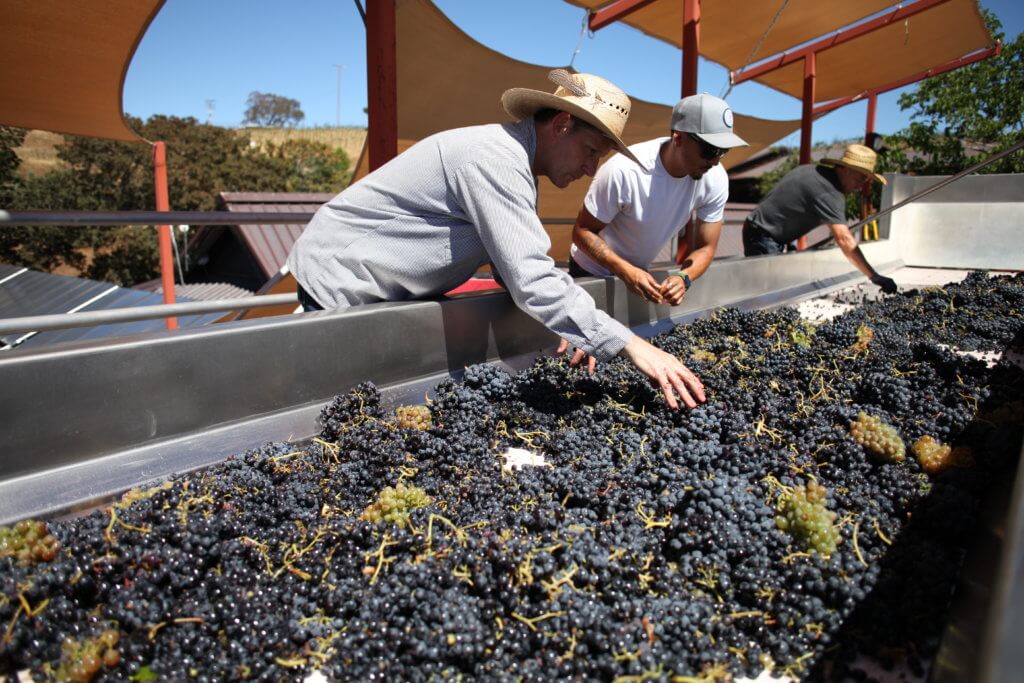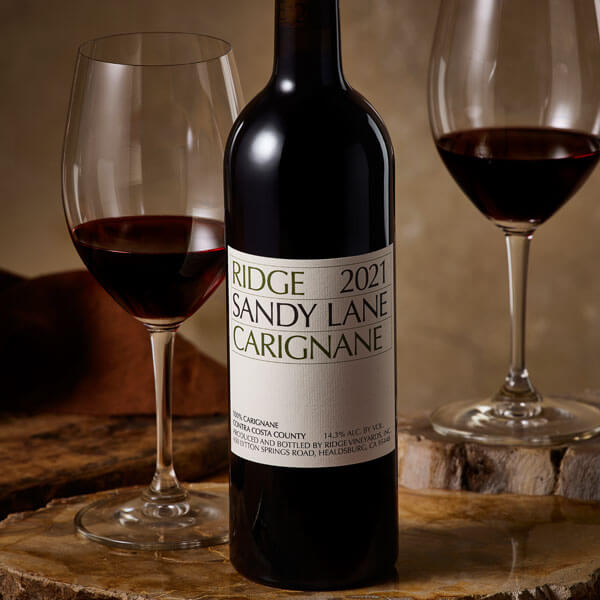Contra Costa County Region
Blog Post
What Makes a Winegrowing Region an AVA?
American Viticulture Areas (AVAs) are defined as agricultural regions that have distinct climate or geographic features that impact the way grapes are grown. There are 267 AVAs in the United States, and more than half (147) are in California.
At Ridge Vineyards, our winemaking style is dedicated to highlighting specific patches of ground. A region’s climate, soil types, and topography impart unique attributes and directly contribute to a wine’s character. Here, we explore the ways that characteristics of the Contra Costa County region are expressed in our wines.
The Case for Official AVA Status
Contra Costa County is home to a collection of distinctive 1890s-era vineyards that are still alive and thriving. Even though serious wines have been made from this area for more than 100 years, the TTB (Alcohol and Tobacco Tax and Trade Bureau) doesn’t recognize it as an AVA but instead recognizes it as a county designation. The case to make it an official AVA is finally going before TTB in 2023. An AVA designation happens when a grape growing area is deemed to be different enough from its surrounding areas to be isolated. Defining factors can include, soil, weather, rain, age of vines, and qualities in the finished wine. Contra Costa qualifies in each of these categories.

Contra Costa County Climate & Geography
Old Vines on Distinctive Sandy Soils
Located 50 miles east of San Francisco, the region’s viticultural antiquities are planted on an ancient alluvial sand bar at the confluence of the Sacramento and San Joaquin rivers. The vineyards planted in this area are own-rooted, head-trained, dry-farmed and grown in pure sand. The Delhi sandy loam soil allowed these vines to survive the phylloxera epidemic that eviscerated most old vines in California because the phylloxera root louse cannot survive in sand. As a result, this area has some of the healthiest 1800’s era vines remaining in California.
The weather in Contra Costa has warm days with windy afternoons and a cooling influence from the nearby San Francisco Bay. These vines have never been watered in 130+ years. The deep, sandy soil has a bed of clay deep below the surface that keeps the sand just moist enough to quench the thirst of the vines and keep them alive but induces enough stress to grow very high-quality grapes.
These vineyards are inter-planted to old-field blends containing zinfandel, carignane, mataro, alicante bouschet and petite sirah. These varieties follow the same makeup as the heritage vines at our Lytton Estate vineyards, as well as old-vine vineyards that Ridge seeks to find throughout California. Preserving these old vines is paramount to California’s appellation diversity, and an AVA designation should help raise visibility for this historical grape growing region.
Characteristics of Contra Costa County Wines
The age and composition of the vines in the Contra Costa region, the weather, and the deep, sandy soils produce elegant wines with excellent natural acidity that can be identified as uniquely Contra Costa.
Our Newest Releases from Evangelho & Sandy Lane


RIDGE has had the privilege of working with a few extraordinary Contra Costa County vineyards over the years and has produced several wines from the area’s distinctive sandy soils, starting with our first small bottlings of zinfandel and mataro from the Evangelho Vineyard in 1990. We are thrilled to share our two newest releases from Contra Costa County: the 2021 Sandy Lane Carignane and the 2021 Evangelho, both of which are included in this Fall’s ATP release.
Related Articles:
Wait!
In order to qualify for user related discounts, you must log in before proceeding with checkout. Click the button below to log in and receive these benefits, or close the window to continue.
Log In